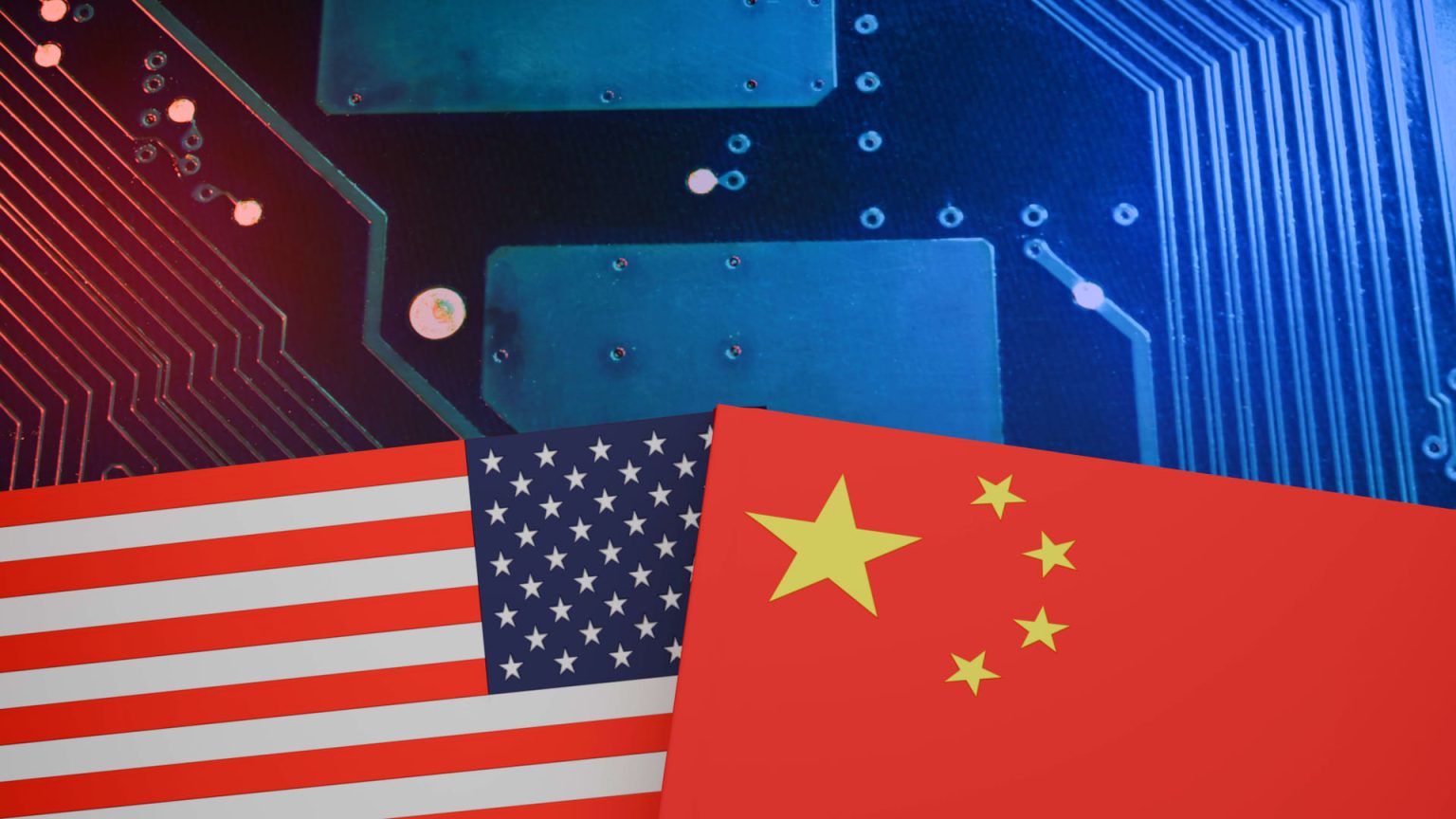China has recently implemented new guidelines that will phase out U.S. processors in government computers and servers, effectively blocking chips from companies like Intel and AMD, as well as Microsoft’s Windows operating system and foreign-made database software. These guidelines were announced on Dec. 26 and are now being enforced, impacting government agencies above the township level. These agencies have been instructed to purchase “safe and reliable” processors and operating systems, favoring Chinese alternatives. Both AMD and Intel declined to comment on the report.
This move by China is part of a broader effort to reduce reliance on foreign technology and boost its domestic semiconductor industry. Semiconductors, which are critical components found in a wide range of devices, have become a focal point in the ongoing technology war between the U.S. and China. The U.S. has implemented export restrictions aimed at cutting off Beijing from key semiconductor equipment and technologies, with the most recent regulations introduced in October 2023 to prevent U.S. chip design firm Nvidia from selling advanced AI chips to China.
In addition to restricting access to advanced semiconductor chips, the U.S. has also imposed sanctions on Chinese tech companies such as Huawei and SMIC, China’s largest chipmaker. These sanctions have aimed to limit their access to advanced technology, with SMIC being unable to obtain crucial extreme ultraviolet lithography machines from ASML. Despite these challenges, China’s domestic chip equipment manufacturing firms have seen a significant boost in revenue, with the top 10 equipment makers reporting a 39% increase in revenue in the first half of 2023 compared to the previous year, according to CINNO Research.
The new guidelines from China represent a significant shift in its approach to technology procurement and demonstrate the country’s determination to strengthen its semiconductor industry and decrease reliance on foreign suppliers. By favoring Chinese alternatives over U.S. processors and operating systems, China is aiming to enhance its technological independence and reduce vulnerability to supply chain disruptions. This move also reflects the broader geopolitical tensions between the U.S. and China, particularly in the realm of technology and trade.
While the impact of these guidelines on U.S. companies like Intel, AMD, and Microsoft remains to be seen, it is clear that China’s efforts to bolster its domestic semiconductor industry are intensifying. The ongoing technology war between the U.S. and China has significant implications for global supply chains, technological innovation, and geopolitical dynamics. As both countries continue to pursue their objectives in the semiconductor sector, the repercussions of these actions are likely to reverberate across the global tech industry and shape the future of international relations in the digital age.
Overall, China’s decision to phase out U.S. processors in government computers and servers underscores the growing importance of semiconductor technology in the broader context of global competition and technological advancement. As China continues to invest in its domestic semiconductor industry and reduce reliance on foreign suppliers, the dynamics of the global tech landscape are evolving rapidly. It remains to be seen how U.S. companies and policymakers will respond to these developments and navigate the complexities of the ongoing technology war between the world’s two largest economies.


